Why do cucumber ovaries turn yellow and what to do about it?

Growing cucumbers is not difficult, so almost all gardeners are engaged in it. But sometimes it happens that even at the stage of ovary formation, the plants begin to turn yellow, and the flowers with small fruits fall off. In the article we will tell you why the cucumbers turn yellow, how to give them first aid and how to prevent this problem in the greenhouse and in the open field.
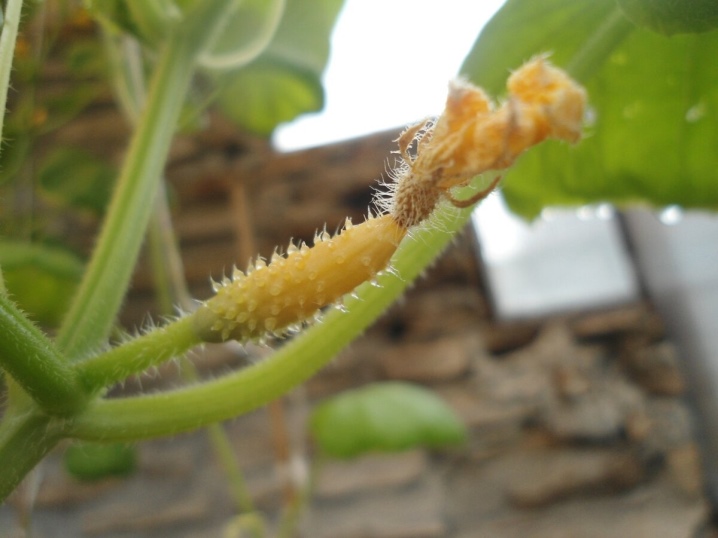
Causes
The reasons, as a result of which cucumbers are unable to preserve the embryos of the future harvest, may have agronomic features, and may also depend on external factors.... It is worth taking a closer look at the most common causes of yellowing of baby dolls and their falling off.
Agrotechnical errors
You will get unpredictable results if you sow seeds of dubious quality. For example, you decided to harvest the seed material yourself from cucumbers that you missed during harvesting in the season, and they have outgrown. First, you are not aware of the exact origin of the variety.
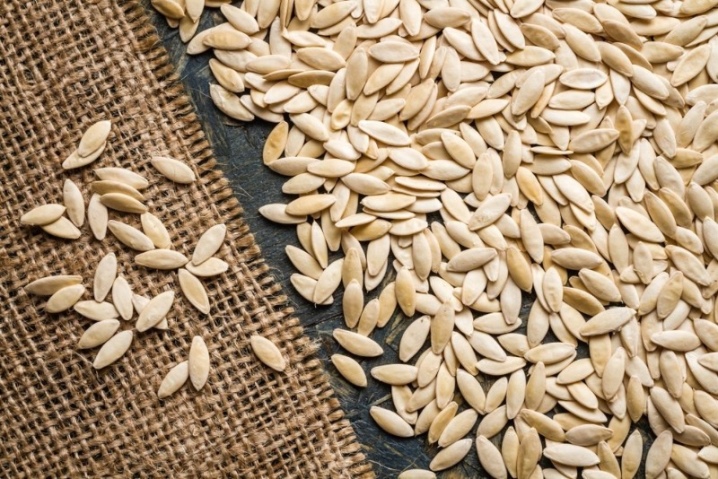
You may have collected seeds from a crop that was created through pollination with a hybrid.
Secondly, young seeds (one and two years old) are considered poor quality, and their sprouts can have unpredictable properties. To avoid problems with the ovary, it is better to buy seed material for the future harvest from trusted breeders or from reputable seed shops.
The seeds should be ripe, optimally 2-3 years old. And if only young seeds are available, it is necessary to "age" them before sowing. For 45-60 days, they need to be warmed up in high temperature conditions (at least 25 degrees).
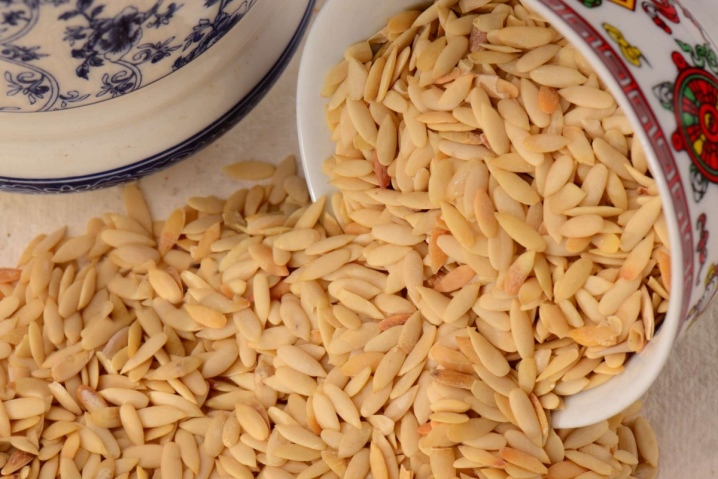
Puplyats will not form or will immediately begin to turn yellow and fall off if, when planting seedlings, you violated the integrity of the plant's root system. The fact is that with weakened roots, nutrition simply will not reach the ovaries, and they will begin to die off. Therefore, handle the seedlings quite carefully when you intend to transplant the bushes. Also try not to injure the roots when diving. It is very important to observe the timing of sowing, and then the timing of planting seedlings in open ground.
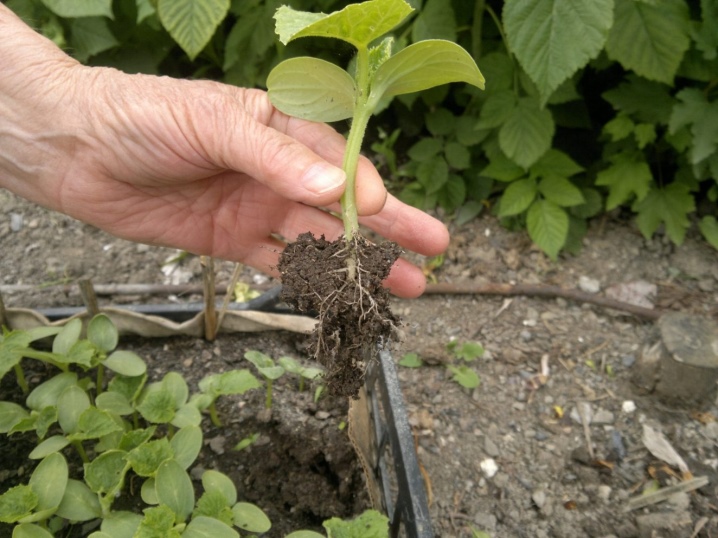
It is very important to observe the timing of sowing, and then the timing of planting seedlings in open ground.
If you follow all the rules and regimes for planting and growing seedlings, and then ensure the normal development of an adult plant, the root system of cucumber bushes will be quite developed and strong, capable of feeding all parts of the plant.
Another typical mistake of gardeners, which can lead to the fact that the ovaries on cucumbers begin to turn yellow and fall off, is a lack of light. And such a problem arises often due to the fact that the gardener, due to lack of space, plants as many plants as possible in a small area. Cultures begin to compete with each other, including for light. If one of the crops has overtaken cucumbers in growth, or the bushes themselves have overshadowed each other, then the ovaries will form weakly, they will turn out to be yellow, frail.
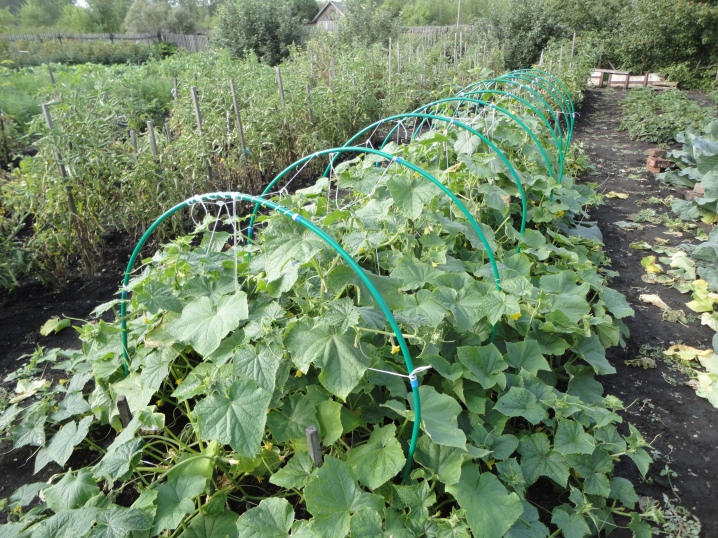
There is one trick that is very important and must be taken to get a good harvest. This is pinching a cucumber bush. If this is not done, then lateral shoots will grow, the bush will be incorrectly formed, and besides, you will get the effect of self-pretense. Experienced gardeners pinch the tops of the shoots and make sure that they are no longer than 25 centimeters.Too long shoots require a lot of nutrition, which means they take away the vitality of the plant, and it can wither.
From all "parasites" (antennae, lateral shoots, flower buds on them), the mother bush should be tried to get rid of. Thus, he will not waste energy on third-party development, but will retain his strength to maintain his main ovaries.

External factors
Cucumber ovaries suffer greatly from a sharp temperature drop, as well as from a very high or too low temperature. The coolness at night has an especially great influence, because it is at night that the most ovaries are formed in cucumbers.
In a cold environment, the roots of the plant cannot take nitrogen from the soil (and this is the main nutrient for the ovaries), which leads to the death of the embryos and, in general, to the loss of the cucumber bush. That is why at the time of formation and development of ovaries in greenhouses, it is important to observe the temperature regime. On the open ground, you will have to take protective measures to insulate cucumber beds.
Cucumbers need a warm atmosphere before fruiting. It is easier to observe the temperature regime in the greenhouse, but on the street you often have to insulate, especially if at night the temperature is below +18 degrees. The boundaries at which cucumbers feel good are from +13 to +36 degrees. Violation of these boundaries leads to either hypothermia or overheating of cucumber seedlings.

This immediately affects the ovary: the embryonic base becomes yellow.
Diseases
Various diseases can lead to wilting and death of ovaries, as well as cucumber bushes in general... Malicious bacteria and fungi should be considered first. Bacteriosis appears on thickened plantations, as well as in unstable weather conditions.
Temperature changes are an ideal environment for the spread of bacteriosis, which first affects weakened plants, and then all other bushes. By the way, if a healthy sprout begins to dry out from the top, it is possible that the plant is affected by root rot. Root rot does not give the culture the opportunity to eat well; it blocks the passage of nutrients to all parts of the plant.
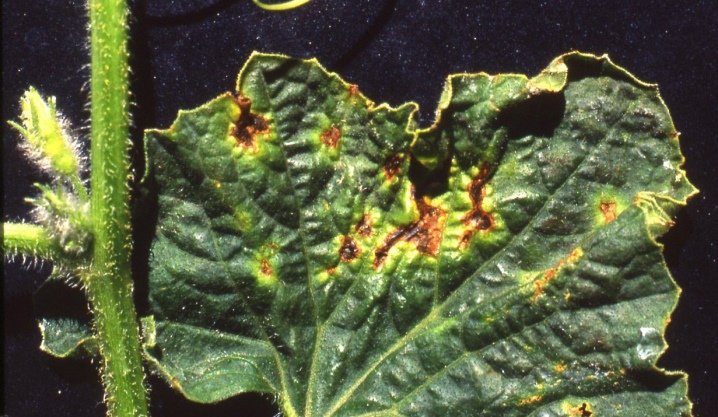
Pests
Cucumber ovaries turn yellow and wither not only due to agrotechnical errors and external factors, but also for biological reasons. In addition to diseases, they negatively affect cucumber buds and various pests. The greatest activity of insects is observed just in the middle of summer, and after flowering, the culture often does not develop further.... For example, if you notice a cobweb entangling a bush, it means that the plantation is in charge spider mite.

You will not immediately notice it, since the pest loves when the fruits are at the stage of formation, he tries to quickly get saturated with the juice of the plant. And here aphid prefers to attack cucumbers when they are in bloom. It overwinters in the root part of the weeds, and in spring it quickly spreads over the cucumber plantation.
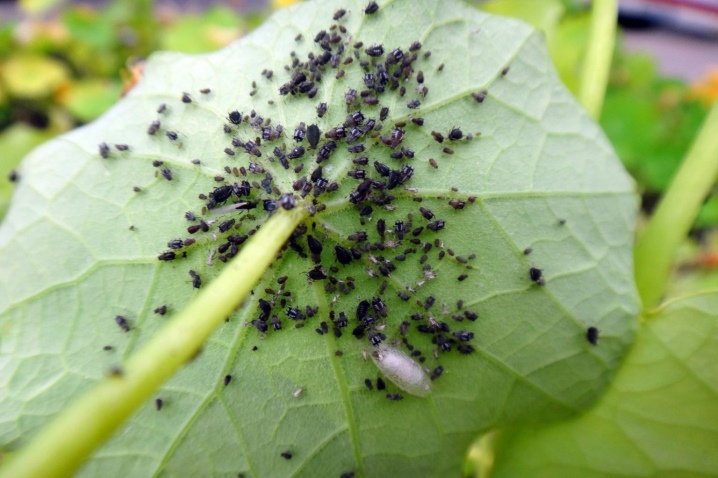
The ovaries fall off, dry up and fall off, and sometimes they do not form at all when the cucumbers are pressed black flea. It is believed that this is the worst enemy of the cucumber culture. She can literally destroy an entire plantation in a few days. The whitefly is also dangerous: after its invasion, the fruits no longer grow, and the leaves turn yellow.
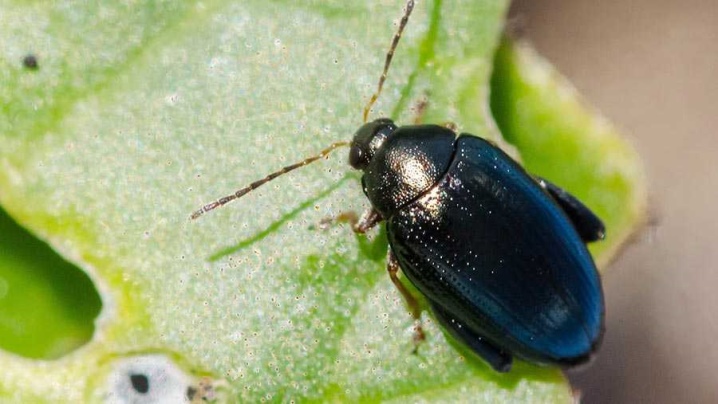
Ants can also harm cucumbers, and they affect bushes growing both in the open ground and on the balcony.
What to do?
If the leaves turn yellow, and the ovary disappears, solve the problem in different ways: you can process the bushes with folk remedies, or spray with industrial preparations. Next, we will tell you more about the treatment of cucumber culture and preventive measures in greenhouses and in an open area.
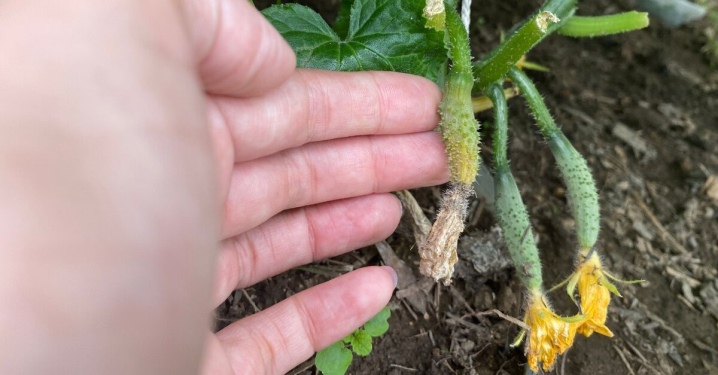
In the greenhouse
Before planting cucumbers in a greenhouse or other closed room, you must take the following measures to save them from yellowing in the future.
- The choice of a landing site should fall on a well-lit area. Often in greenhouses a phytolamp helps out. It is turned on so that the gap between additional lighting and daylight is not noticeable.
- Remove Drafts from Plants: Seal All Holes and be careful if you decide to enter the greenhouse.
- For greenhouses and growing on a windowsill or balcony choose self-pollinating cucumber varieties as well as parthenocarpic ones. On the street in the garden, you can plant varieties that are pollinated by insects.
- The seed needs to be prepared... So, it is better to hold cucumber seeds in a manganese solution: this will protect them from diseases and pests.
- Observe the landing rates: the bushes should not be located too tightly to each other, otherwise there is a risk of picking up the fungus. Three bushes per 1 square meter are ideal.

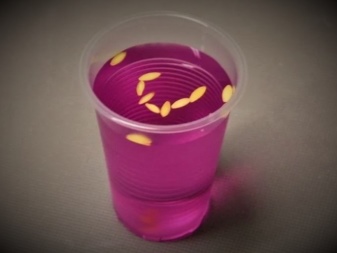

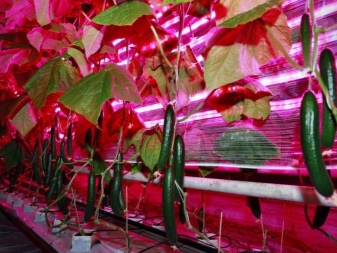
As in the open field, in the greenhouse you need to feed the cucumbers on time, water them. An equally important event will be pest control so that small bushes, and then the ovaries, do not turn yellow, do not twist or fall off, and subsequently give an excellent harvest.
Proper watering in the greenhouse will ensure drip irrigation system. Take care of installing it in advance, so as not to disturb the seedlings later. As an additional top dressing at the growth stage, water the plants with a concentrate from manure, and during the appearance of ovaries - with phosphorus-potassium compounds.
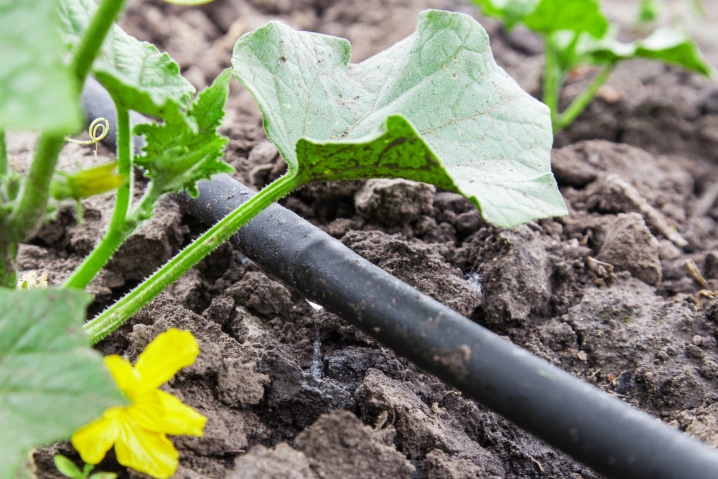
And with a cool night, and with sudden changes in climate, it is better to install artificial heating in the greenhouse to maintain a constant optimal temperature of +20 degrees. You can ventilate the greenhouse, but just avoid drafts.
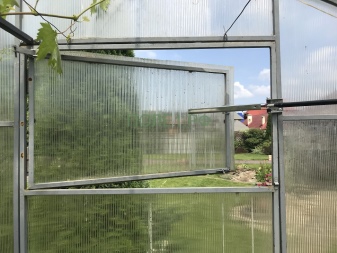
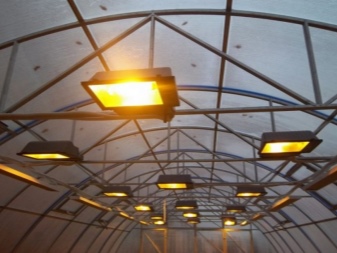
In the open field
In the open field, use all the methods and effective measures to save the crop. So, in case of unstable weather and sharp changes from heat to cold and vice versa, it is better to cover cucumber beds at night. Use a special covering material for this or use folk methods.
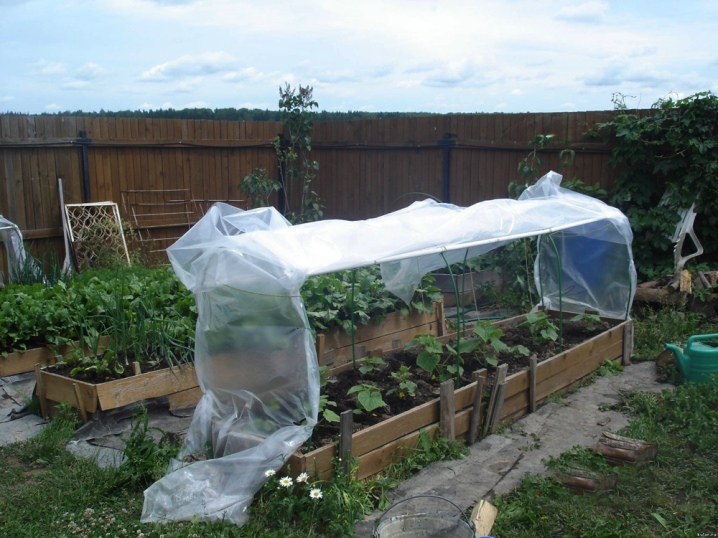
To prevent small plants from experiencing a deficiency of nutrients, treat the area with manure in the fall. The cucumber plantation is treated with complex fertilizers of industrial production once every 3 years.
Yeast feeding for the seedlings themselves can be more regular; ash feeding will also have a beneficial effect on cucumbers. If you do not want to water the bushes every day (and in case of stable sunny weather you have to do this every day), then mulch the soil. To do this, prepare yourself hay or pine needles.

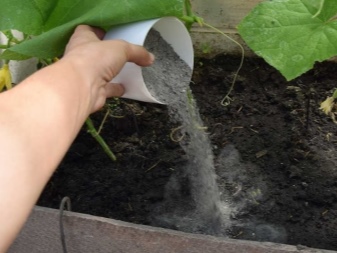
In order not to disrupt the biological processes in the root system, water the cucumbers wisely, and in no case do it in extreme heat or in cool weather.
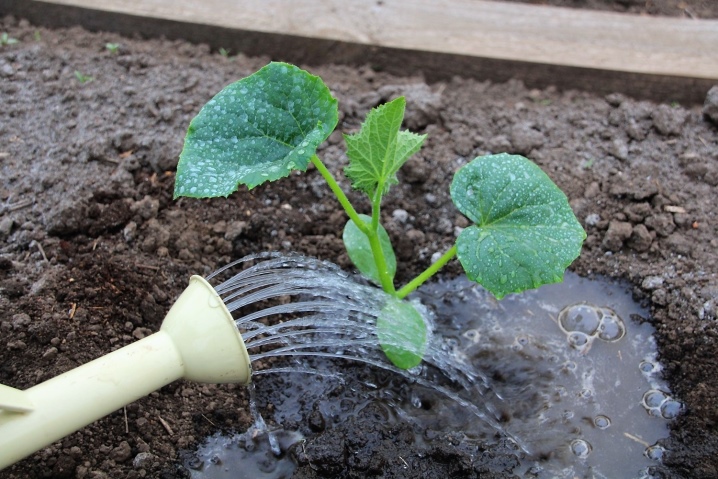
Even when it is cloudy, it is not recommended to water the cucumbers.
To make the ovaries more, with a shortage of bees, pollinated varieties can be sprinkled with honey solution. The sweetness will attract the attention of beneficial insects and prevent pests from breeding. So, aphids, for example, will not tolerate such treatment.

Prevention measures
It is not difficult to care for cucumbers, and preventive measures to prevent threats to the ovaries will not be difficult. To keep your plants growing strong and producing a good harvest, take the following steps.
- Dig up the soil under the future cucumber beds in the fall and add the appropriate nutritional formulations.
- Avoid debris in the area and thickening of the cucumber bushes themselves: these are ideal conditions for pests and various diseases, including rot.
- Observe the crop rotation: do not plant cucumbers in the same place for more than 2-3 years in a row. Better yet, change the location of the pimpled culture every year.
- Pay attention to varieties and choose only those that are already adapted to your climatic conditions and to your region.
- Monitor the quality of the soil, and in the case of greenhouses, choose high-quality material for their construction so that the film does not break and a draft is not created. This is dangerous, especially during the period of ovary formation.
- Watch for the formation of the mother bush, promptly rid it of antennae and lateral braids. It is best to tie up each bush to minimize plant contact with the soil. So you will reduce the risk of contracting various diseases, and the fruits themselves will fully set and develop.
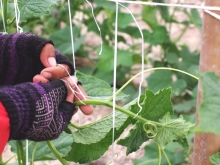

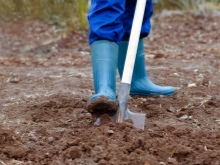
With proper care, cucumber bushes are sure to delight you with a good harvest and high-quality fruits.
By the way, harvesting is also a responsible matter, because due to untimely harvesting, already formed cucumbers can turn yellow.
When purchasing seeds or seedlings, be sure to ask what size this variety will give. Some varieties give cucumbers, which are considered ripe at 5-6 cm, while others should be picked only when they reach 12-15 cm.
If you follow all the measures and requirements, then you can avoid such a problem as yellowing of the ovaries. A competent approach will help preserve the harvest, and if you have studied all the reasons for this phenomenon and understood how to deal with it, then feel free to proceed with the implementation of what was planned.
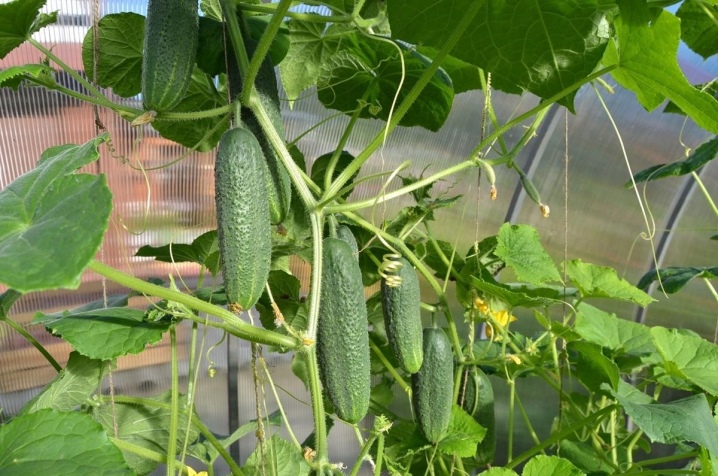













The comment was sent successfully.